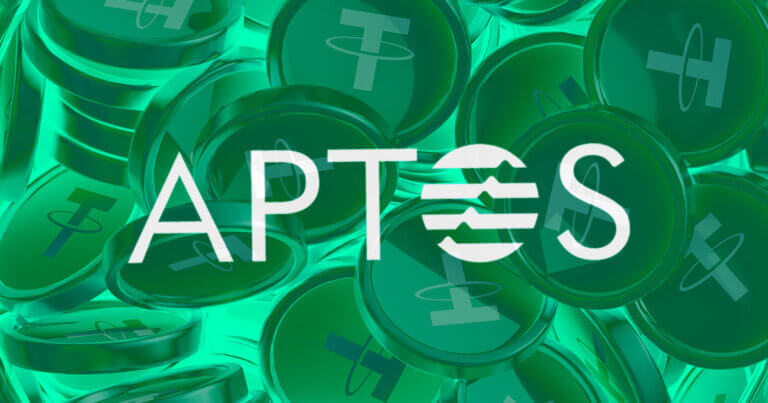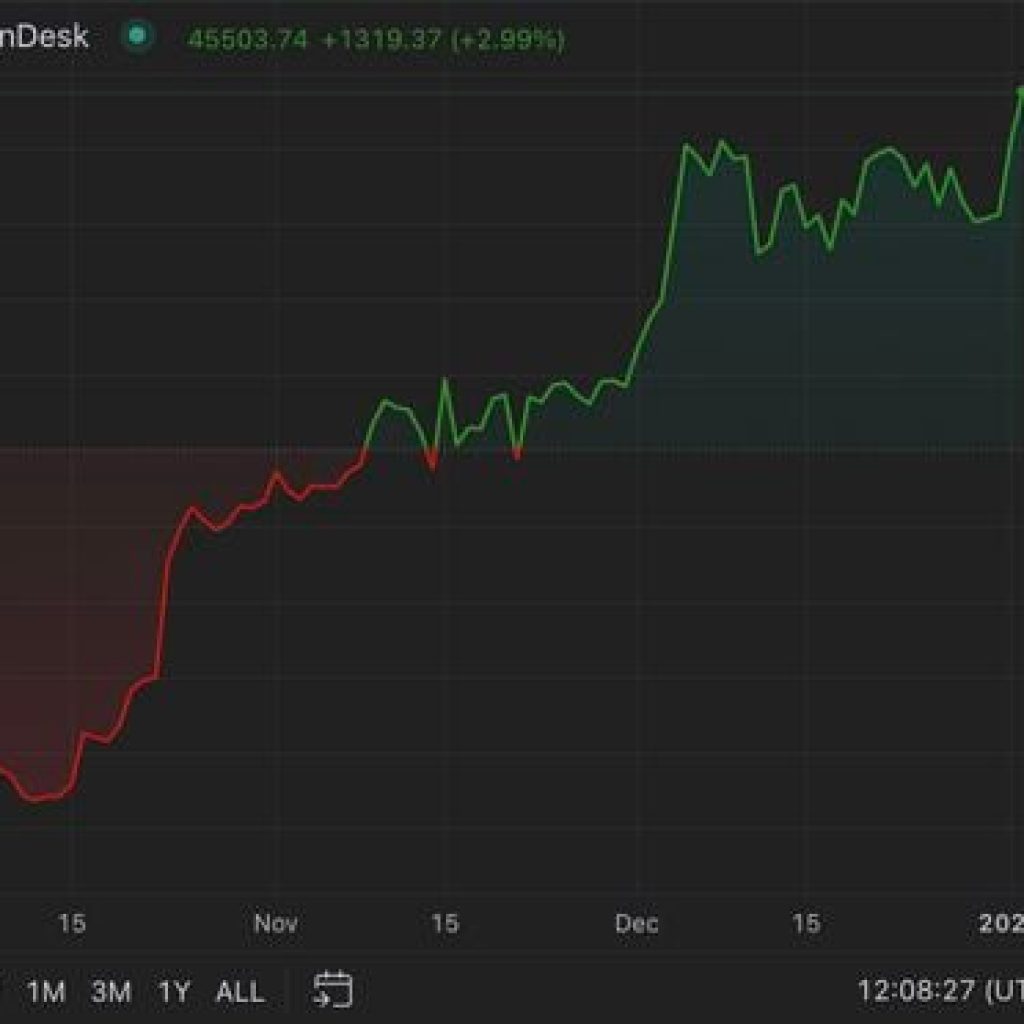Tether (USDT) is expanding aggressively during this market cycle. The leading stablecoin is growing by leaps, while USDC takes a more conservative approach.
Tether (USDT) retains its position as the leading stablecoin. While its main activity centers are Ethereum and TRON, the past few months saw significant growth in alternative chains like Toncoin and Celo. The total supply of USDT expanded to 119.34B tokens, adding another 1B tokens in the past month only.
The focus of Circle’s USDC remains on the Base blockchain and demonstrating compliance with EU regulations. Tether, on the other hand, facilitates DEX trading and simple payments through a growing list of chains.
Tether, on the other hand, focuses on building new native coins and expanding to additional chains. For Celo, the supply of USDT expanded by more than 68%, closing in on $300M.

Toncoin is the other growth vector for USDT, with more than $668M in value inflows. Based on authorized funds, the supply of USDT is set to rise above $700M.
In 2024, stablecoins grew in all categories, with a notable uptick in crypto-collateral coins and tokens. USDT and USDC have more conservative use cases, while crypto-collateral stablecoins are more widely used in apps.
Overall, USDC usage in private wallets is slightly lower, standing at 61%. USDT has a share of 69% in private wallets, with 22.7% deposited to CeFi hubs like exchanges or yield hubs.
Stablecoins as a whole increased their supply to an estimated 164B to 169B based on varied reports. The levels are recovering close to the peak of the 2022 market before the FTX crash. In the past quarter, the overall printing of new tokens increased the supply by 5.15%. TRON and Ethereum expanded their supply below the average, at around 3% to 4% in the last quarter. Stronger expansion happened on Solana and L2 chains like Base and Optimism. Celo was the leader in stablecoin supply expansion, with more than 68% for the past three months.
This time, stablecoins are more diversified and serve niche purposes, instead of merely flowing into the markets. USDT and USDC have the most cross-compatible roles and serve as a major tool for transfers. Tether is still the most active smart contract on Ethereum, burning up 5.25% of all gas on the blockchain.
Tether (USDT) brings varied use cases
The use cases of USDT vary depending on the chain. For Celo, most of the USDT is used to transfer to and from centralized exchanges. The network carried $1.5M in wallet-to-wallet transfers as of September 24. The bulk of USDT usage, $276.6M, was for transfers to centralized exchanges.
Only around $14M went to DeFi apps, of which Uniswap was the leader. USDT holders on Celo used it to access the Bybit and Binance exchanges.
For Toncoin, USDT may be carrying a larger share of payments. USDT is used for gas fees, the Telegram advertising economy and peer-to-peer payments. USDT is native to Toncoin and exists as a ‘jetton’ asset.
The spread to Celo and Toncoin underscores USDT as a solution for emerging markets. Outside the strict regulations of the US and the Eurozone, USDT is gaining adoption as an everyday payment asset.
The usage of USDT also spreads through Telegram and the Toncoin wallet, with zero-fee transfers and message-based payments.
USDT is also used in mini-apps and tap-to-earn communities, with some channels having more than 700K subscribers.
Celo prepares for L2 with testnet launch
One of the main drivers for stablecoin growth on Celo may be its transformation into an L2. Celo aims to extend the Ethereum chain culture.
The Alfajores testnet has been renamed to Celo L2 and has successfully produced blocks for the past 12 hours. The shift to a full L2 chain does not have a fixed deadline. For now, Celo will operate two testnets to prepare node operators, validators, and RPC providers.
Celo’s L2 status may mean easier inflows of assets from Ethereum, especially stablecoins. Currently, Celo requires a native asset or external bridging. Bridges between incompatible chains hold a higher risk of hacks due to the need to carry significant reserves in the bridge smart contract.
Cryptopolitan reporting by Hristina Vasileva





